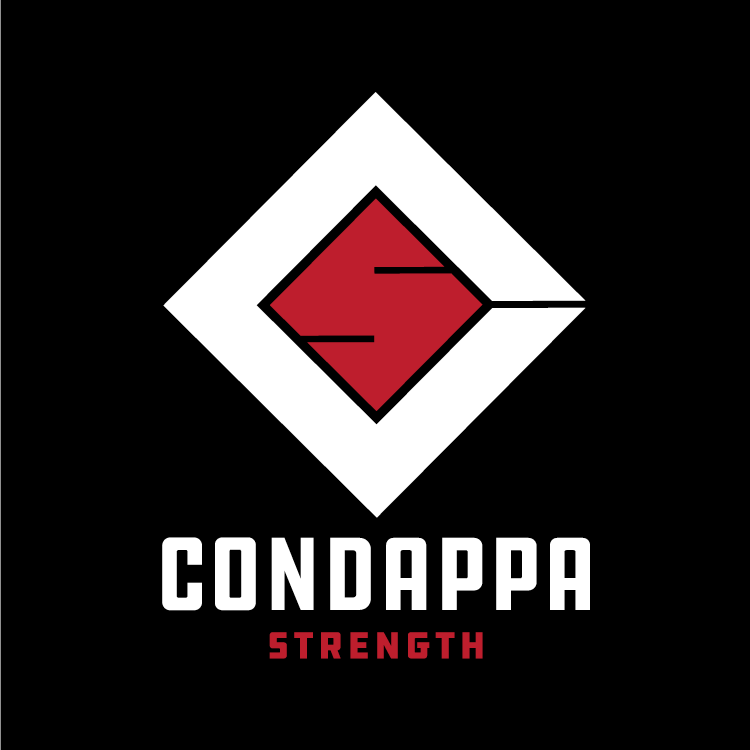How to Exercise Smarter: Training Through Your Menstrual Cycle for Better Results
Tired of Feeling Strong One Week and Drained the Next? Here’s Why.
Have you ever had a killer workout one week and then the next, you feel weak, sluggish, and unmotivated? It’s not just random—your hormones play a huge role in your performance, strength, and energy levels throughout the month.
Most women try to push through their workouts the same way every day, but what if I told you there’s a better, smarter way to train?
Today, I’m breaking down how to sync your workouts with your menstrual cycle so you can work with your body, not against it. Let’s dive in!
Why Your Menstrual Cycle Affects Your Workouts
Your body goes through four phases each month, each influenced by hormonal shifts that impact:
✔️ Energy levels (when to push hard vs. when to recover)
✔️ Strength and endurance (best times to build muscle and hit PRs)
✔️ Fatigue and recovery (how to avoid burnout and injuries)
By understanding these phases, you can train smarter, reduce frustration, and maximize results.
How to Adjust Your Workouts for Each Phase of Your Menstrual Cycle
🔴 Menstrual Phase (Days 1-5) – Low Energy, Focus on Recovery
What’s Happening:
• Estrogen and progesterone are at their lowest levels, which can lead to fatigue, cramps, and inflammation.
• The body is more sensitive to stress, making high-intensity training feel harder.
Best Workouts:
✔️ Gentle movement (walking, yoga, stretching) to improve circulation and reduce cramps
✔️ Low-intensity strength training if you feel up to it (focus on form, not max effort)
✔️ Rest if needed—this is the best time for recovery
Why It Works:
Your body is already in repair mode during your period, so heavy training can increase fatigue and injury risk. Instead, focusing on mobility and light movement helps maintain consistency without overloading your system.
🟢 Follicular Phase (Days 6-14) – Peak Energy, Time to Push Hard
What’s Happening:
• Estrogen levels start to rise, leading to higher energy, better mood, and improved muscle recovery.
• The body is more insulin-sensitive, meaning it can build muscle and burn fat more efficiently.
Best Workouts:
✔️ Strength training (best time for progressive overload and heavy lifting)
✔️ High-Intensity Interval Training (HIIT) to maximize fat burn and endurance
✔️ Cardio and endurance training (running, cycling, swimming)
Why It Works:
Higher estrogen levels enhance muscle growth and recovery, so this is the best time to go hard in your workouts. Push for personal records, increase weight in strength training, and take advantage of your higher energy levels.
🔵 Ovulation Phase (Around Days 14-16) – Peak Strength & Performance
What’s Happening:
• Estrogen and testosterone are at their highest, giving you a boost in strength, endurance, and confidence.
• Your metabolism is firing at its best, meaning you can recover quickly and handle intense training.
Best Workouts:
✔️ Heavy lifting and power-based workouts (perfect time for PRs!)
✔️ Explosive movements (sprints, plyometrics, CrossFit)
✔️ Challenging endurance activities (long runs, tough hikes)
Why It Works:
Your power output is at its peak, making this the best time for strength and speed-based workouts. However, be mindful—ligaments loosen slightly during ovulation, increasing the risk of knee or ankle injuries.
🟠 Luteal Phase (Days 17-28) – Lower Energy, Focus on Maintenance
What’s Happening:
• Progesterone rises, making you feel more fatigued, bloated, and less motivated.
• The body becomes less efficient at high-intensity exercise, meaning you might struggle with recovery.
Best Workouts:
✔️ Moderate-intensity strength training (lower weight, higher reps)
✔️ Steady-state cardio (walking, swimming, elliptical)
✔️ Pilates, yoga, or stretching for recovery
Why It Works:
Your body is naturally winding down, so intense workouts feel harder and may cause more stress than benefits. This is the best time to focus on form, technique, and recovery instead of pushing for new gains.
“Do you notice these shifts in your energy levels throughout the month? Drop a 🔥 in the comments if you’ve ever felt this difference!”
Final Takeaway: Train Smarter, Not Harder
🔥 Biggest lesson: Instead of forcing yourself to train the same way every day, start working with your cycle, not against it. When you do, you’ll:
✔️ Train at the right intensity for your body
✔️ Avoid burnout and injury
✔️ See better results while feeling your best
📢
If this helped you, share it with a friend who needs to hear it! And if you’re ready for a personalized plan that fits your cycle, grab my free guide https://mtr.bio/condappa-strength or book a free consultation with me today!
